Name this Pathogen!
Steve Massachusetts
11 years ago
Related Stories
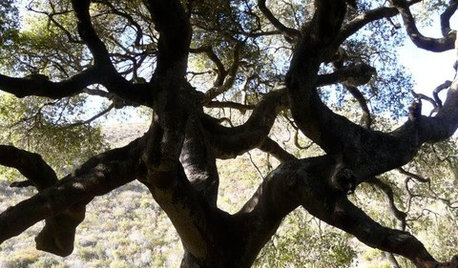
CALIFORNIA NATIVE PLANTSGreat Design Plant: Coast Live Oak
The stuff of legends and memories, this California tree is one to build a whole landscape around
Full Story
GARDENING AND LANDSCAPINGGenerate Buzz as a Beekeeper
Fresh honey and happy flowers are just two of the perks of a backyard beehive. These 5 guidelines will help you get started
Full Story
GROUND COVERSNative Alternatives to English Ivy, Japanese Pachysandra and Periwinkle
These shade-loving ground covers are good for the environment and say something about where you are
Full Story
GARDENING GUIDESGet on a Composting Kick (Hello, Free Fertilizer!)
Quit shelling out for pricey substitutes that aren’t even as good. Here’s how to give your soil the best while lightening your trash load
Full Story
REMODELING GUIDESRoom of the Day: Brass Warms a Brownstone Bathroom
Forget trends. This owner chose unlacquered brass and repurposed pieces for love alone
Full Story
EARTH DAYGrow a Beautiful Garden With Ecofriendly Greywater
Reducing home water waste means lower bills and a healthier planet. Here's how to set up a greywater home irrigation system that can help
Full Story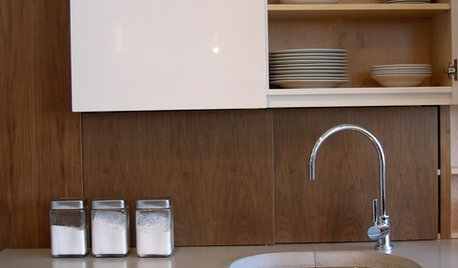
KITCHEN WORKBOOK8 Kitchen Amenities You'll Really Wish You Had
Keep kitchen mayhem and muck to a minimum with these terrific organizers and other time-saving, mess-preventing features
Full Story
FARM YOUR YARDHow to Grow Vegetables in Containers
Get glorious vegetables and fruits on your patio with a pro’s guidance — including his personal recipe for potting mix
Full Story
KITCHEN DESIGNCreate a Kid-Friendly Kitchen
Here's how to make room in your kitchen for the kids — without having them underfoot
Full Story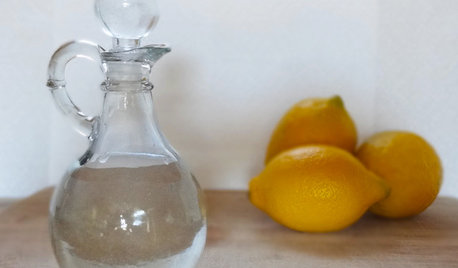
HOUSEKEEPINGVinegar and Voilà: Clean Your House the Natural Way
Ditch the commercial cleaners for nontoxic, inexpensive and versatile white vinegar
Full Story





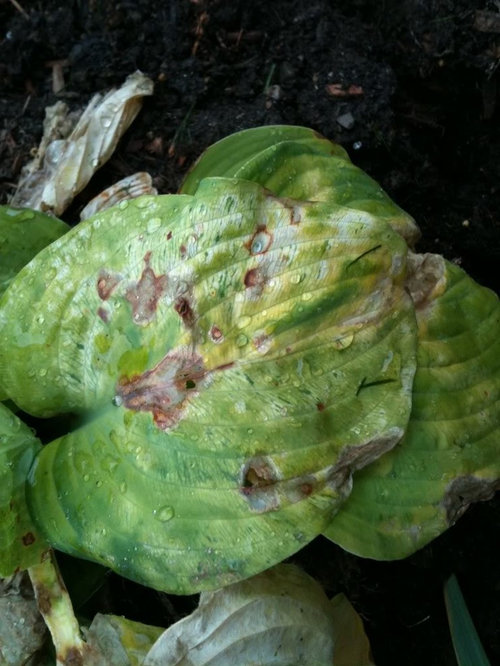


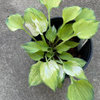
hostaLes
jan_on zone 5b
Related Professionals
Lowell Landscape Architects & Landscape Designers · Clark Landscape Contractors · Gloucester Landscape Contractors · Hampton Bays Landscape Contractors · Newnan Landscape Contractors · Oviedo Landscape Contractors · Ringwood Landscape Contractors · Vallejo Landscape Contractors · View Park-Windsor Hills Landscape Contractors · Beaumont Driveway Installation & Maintenance · Grand Rapids Driveway Installation & Maintenance · The Woodlands Driveway Installation & Maintenance · Midvale Fence Contractors · Bel Air Solar Energy Systems · Whitman Solar Energy SystemshostaLes
jan_on zone 5b
ken_adrian Adrian MI cold Z5
Steve MassachusettsOriginal Author
hostaLes
thisismelissa
Cricket_Love
Steve MassachusettsOriginal Author
hostaLes
caliloo
in ny zone5
User
Steve MassachusettsOriginal Author
hostaLes
lavendargrrl
User
bkay2000
in ny zone5
lavendargrrl
bkay2000
lavendargrrl